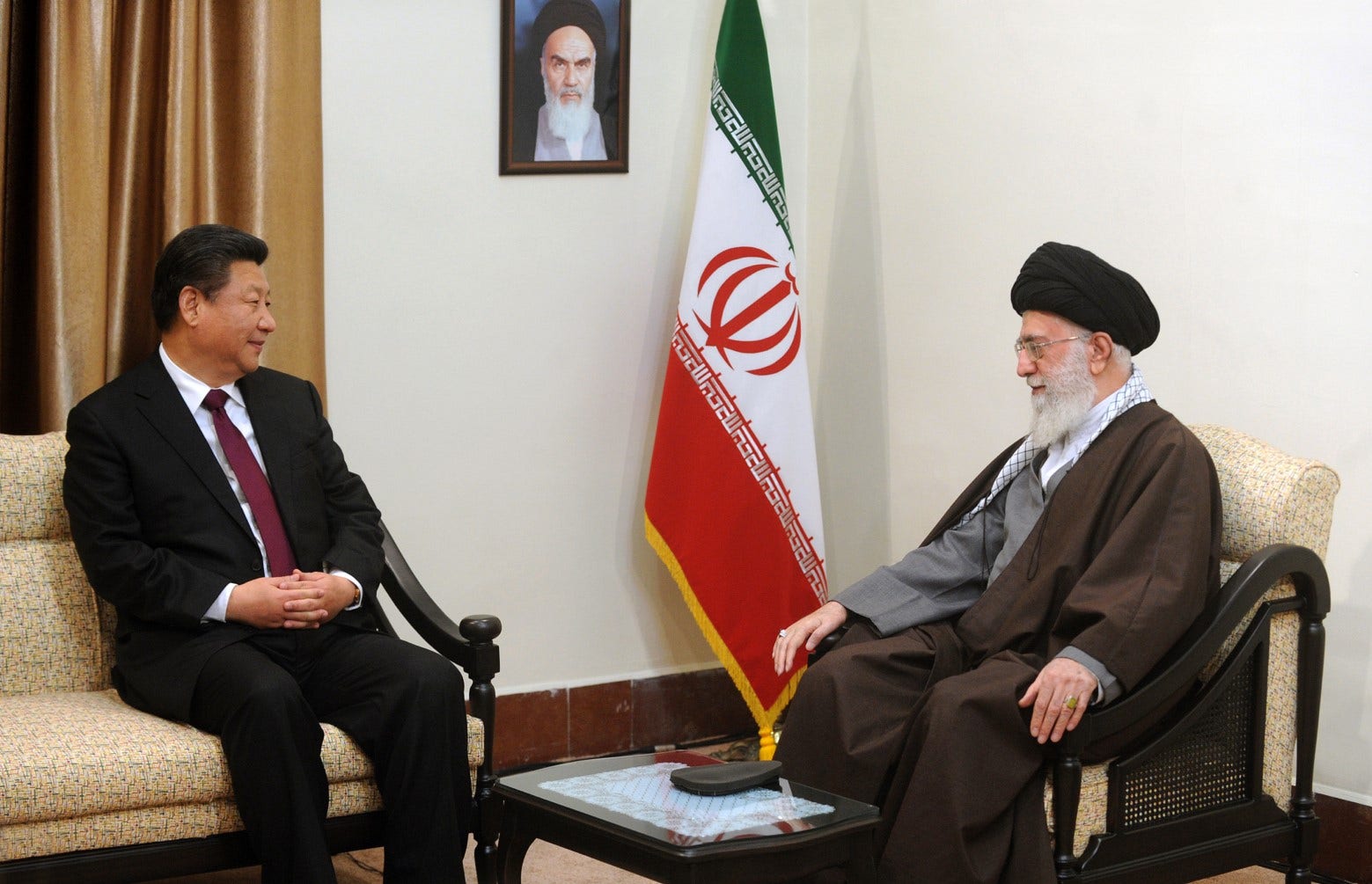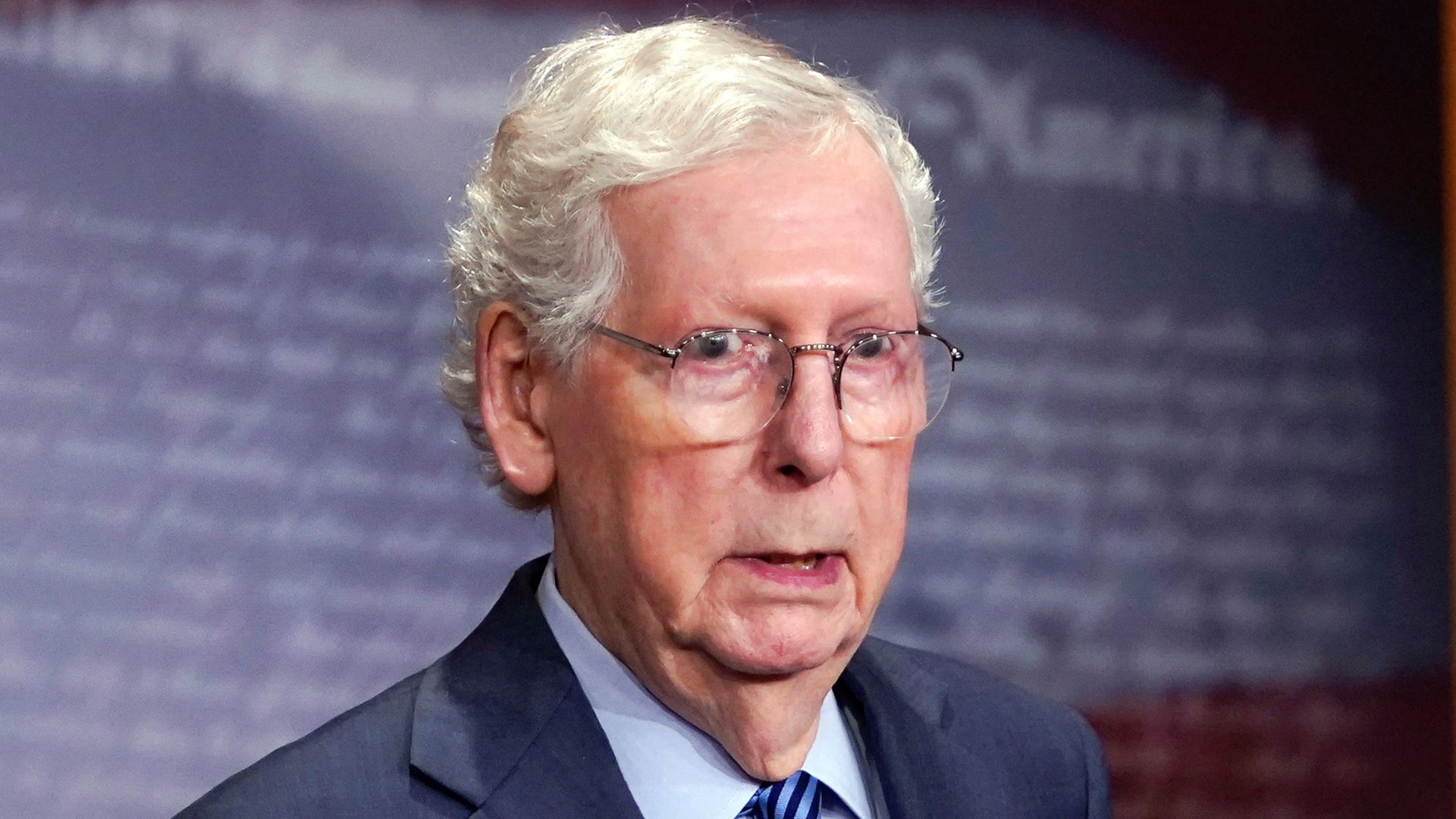Iran has increased its oil exports during the Biden administration despite severe and heavy sanctions imposed by the U.S. government, according to a new report.
The Energy Information Administration (EIA) issued its annual report on Iranian petroleum and petroleum product exports, finding that Iran made between $53 billion to $54 billion in 2022 and 2023 – significant increases over $37 billion made in 2021 and $16 billion made in 2020. The EIA report is mandated by Congress.
The 2020 revenue marked a low point since 2018, when Iran earned $65 billion in nominal revenue, based on calculations derived from the National Iranian Oil Company (NIOC) website.
The report’s main takeaway is that China has provided Iran a significant export partner, allowing it to bypass sanctions and continue to rake in profits from its energy exports.
AMERICA FIRST ENERGY STRATEGY STARTS WITH THIS SAFE, CLEAN AND RELIABLE RESOURCE
The Trump administration maintained a policy of “maximum pressure” against Iran, hitting each of its industries and manufacturing sectors with significant sanctions against companies and individuals alike to drive the country to economic ruin. The BBC in 2019 found that Iran had entered a “deep recession” and that oil exports “plummeted” as a result of Trump’s policies.
The Biden administration meanwhile sought to appease Iran with a series of sanctions waivers that officials argued would incentivize Tehran to sit down and agree to a renewed nuclear deal, which never materialized.
Meanwhile, the Biden administration continued to issue waivers such as those issued for Iraq to purchase energy from Iran – waivers started under the Trump administration but maintained by Biden even as Iran’s allies and proxies in the Middle East started to hit Israel.
“The numbers here don’t lie,” former Trump NSC official Richard Goldberg told Fox News Digital. “I’ve always said the Biden administration has had a strategic communications policy, not a sanctions policy… there’s no active campaign to stop these shipments, to really put the pressure up on both China and other shipment points, and it’s quite obvious from the numbers.
A Reuters report in 2023 found that “appetite for Iranian crude is growing in China,” which stands as the world’s “biggest oil importer.” The oil’s heavily discounted price due to sanctions might serve as the main attraction for Iran’s product, and the EIA report notes that it cannot account for discounts in its data.
Iran’s 2023 export of 1.5 million barrels per day (bpd) stands as the country’s “highest in more than four years, with more than 80% shipped to China,” Reuters reported, citing consultancies FGE and Vortexa.
HOUSE GOP TARGETS BIDEN ‘SOCIAL COST’ POLICY FOR RISING ENERGY PRICES

Some critics have argued that the revenue is not a fully accurate measure since the price of oil fluctuates based on a number of factors, and the last few years have seen a surge in pricing that roughly correlates with the Iranian revenues.
When Iran made $16 billion in 2020, oil per barrel was priced at $39.68; when Iran made over $50 billion a year, oil per barrel was priced at $94.43 and $82.95.
Goldberg, a senior advisor at the Foundation for Defense of Democracies, acknowledged that fluctuating prices do make it difficult to gauge the true level of exports from Iran, but knowing that the revenues have gone up as the discounts have either remained or increased due to U.S. sanctions would counterbalance any price drop.

“That’s very difficult to account for because you just don’t know what the Chinese are actually paying because it’s illicit, there’s risk involved in the cargo, therefore Iran has to charge at a discount,” Goldberg said.
“When you go to the export numbers, particularly to China – I mean, to go from 300,000 barrels per day to 1.2 million, that is breathtaking,” Goldberg said. “That is not sanctions evasion. That is an active policy of allowing shipments.”
HARRIS CLAIMS AD QUOTING HER 2019 VOW TO BAN FRACKING IS ‘MISCHARACTERZITION’ TO MAKE PEOPLE ‘AFRAID’ OF HER
The EIA noted that access to trusted data remains scarce, and its reporting relied on the NIOC and other third-party sources, but stressed that the EIA uses only sources and data that it has “reasonably high confidence” in their estimates.

“Because of challenges with data availability and transparency, nearly all the petroleum and petroleum product data presented in this report are estimates rather than actual data,” the report said, later adding, “Data are subject to change as new information becomes available.”
“Although price data are available on a real-time or near-real-time basis, actual pricing data pertaining to sales of Iranian crude oil are opaque, requiring estimation methods and proxy variables to derive estimates of revenues,” the report said.
The report treats destinations in South East Asia (specifically Malaysia, Singapore and Vietnam) as misdirections for Chinese imports as a means of sidestepping issues with U.S. sanctions.
On Friday, the State Department along with the Treasury Department issued new sanctions on Iran’s energy sector in response to Iran’s most recent attack on Israel,
The statement read in part, “This action intensifies financial pressure on Iran, limiting the regime’s ability to earn critical energy revenues to undermine stability in the region and attack U.S. partners and allies. The Secretary of the Treasury, in consultation with the Secretary of State, is identifying the petroleum and petrochemical sectors of the Iranian economy.”
According to Reuters, national security adviser Jake Sullivan said in a statement about the sanctions that, “The new designations today also include measures against the ‘Ghost Fleet’ that carries Iran’s illicit oil to buyers around the world.”
Vice President Kamala Harris’ spokesperson and the State Department did not respond to a Fox News Digital request for comment.
Reuters contributed to this report.
Read the full article here



![Tim Walz Philly Interview Misses The Messaging Mark On Multiple Fronts [WATCH] Tim Walz Philly Interview Misses The Messaging Mark On Multiple Fronts [WATCH]](https://www.rvmnews.com/wp-content/uploads/2024/10/2024.10.12-09.40-rvmnews-670aece191a2c.jpg)






